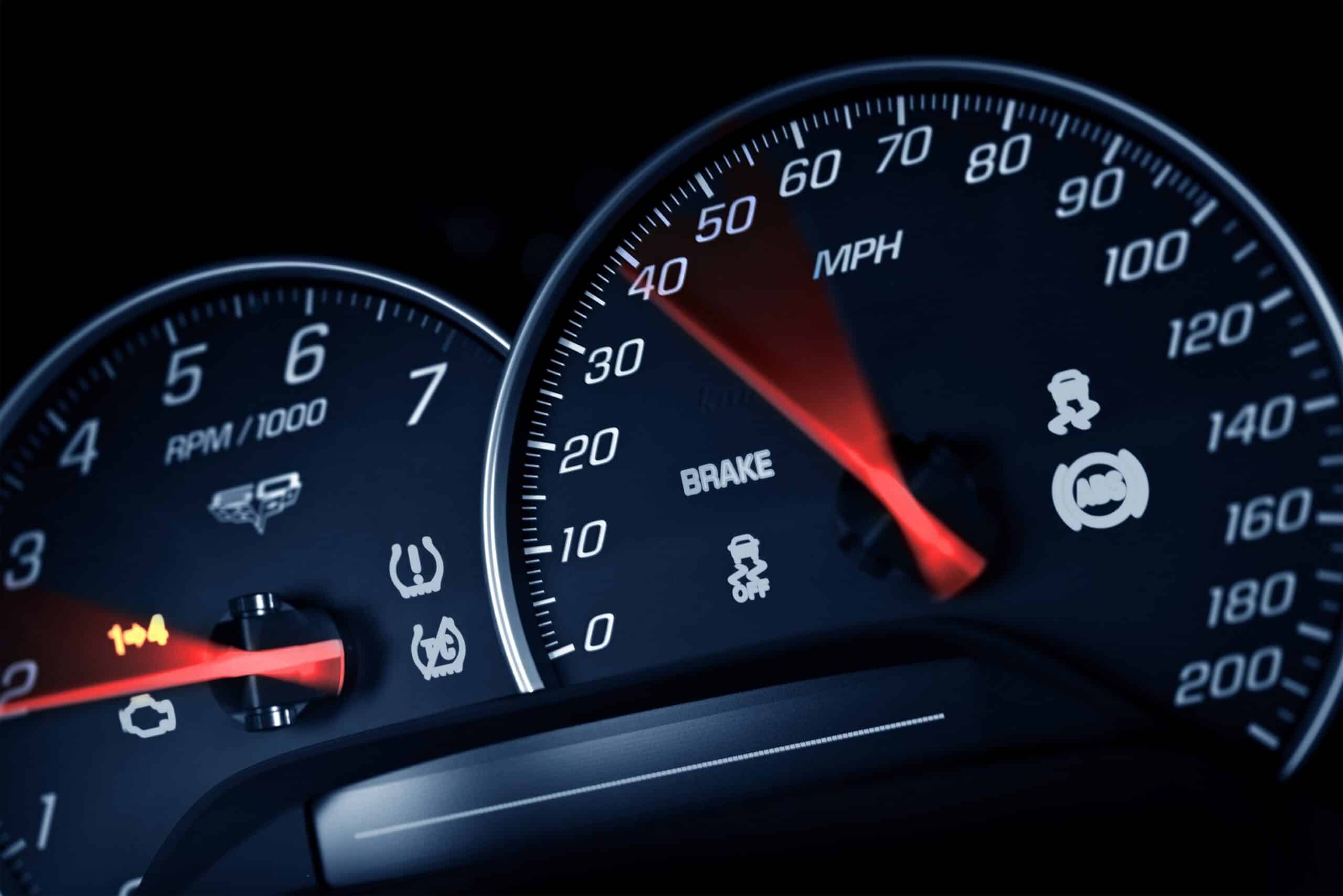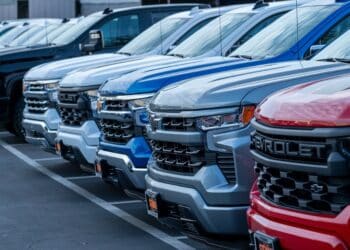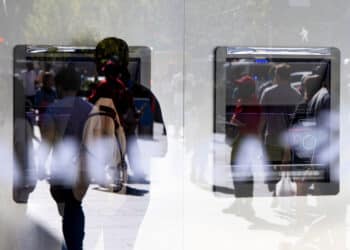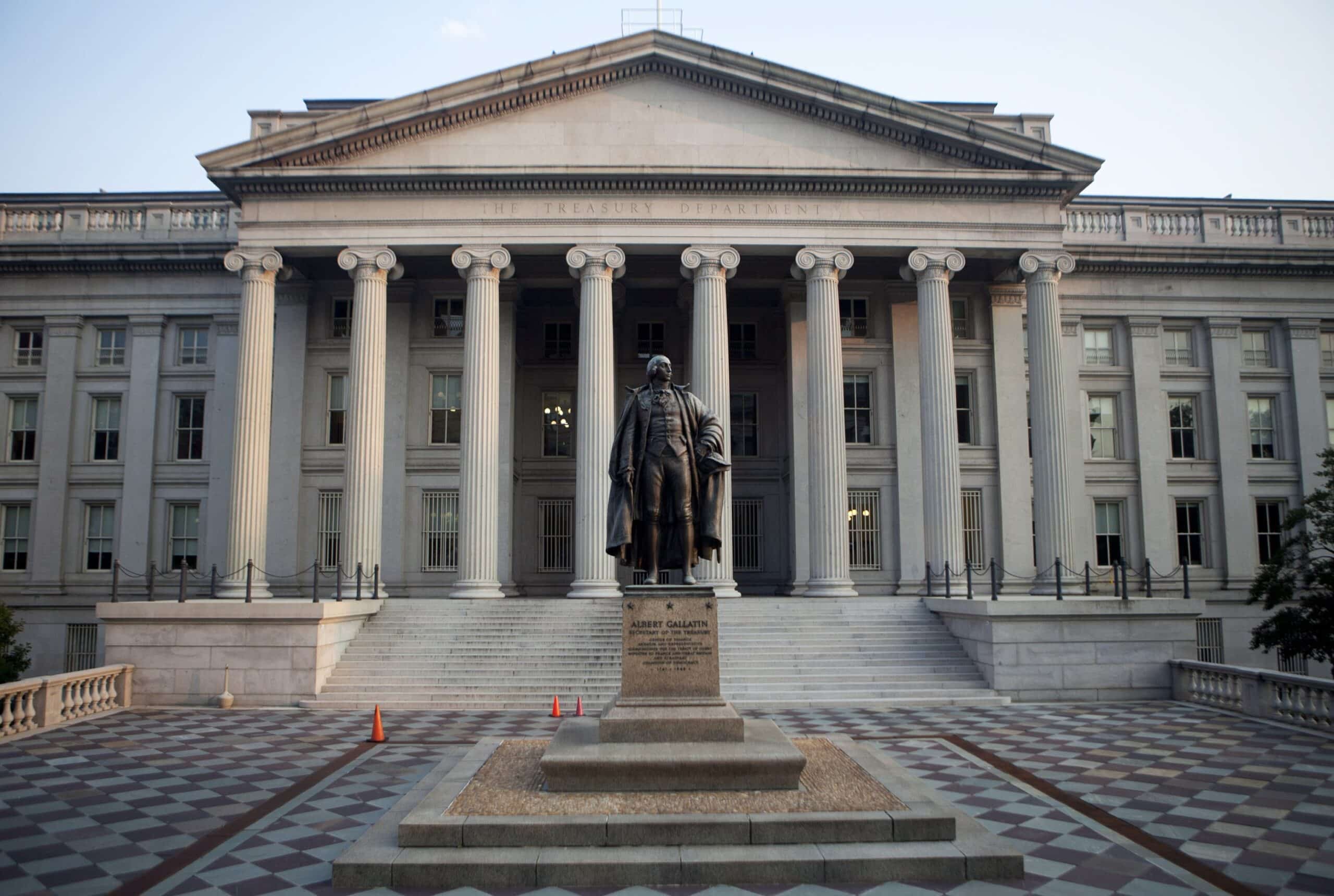
Cars are lasting longer, period. I’ve proved that with a sample of one by rolling to 200,000 miles just recently in my 2004 Toyota Sequoia. The motivation for doing this was partly to keep up with my sister in Northern California. She loyally and voraciously maintains mountain-ready Toyota trucks and SUVs well past 200,000 miles. It was also partly to show structured finance bankers that high-mileage vehicles are not broad-brush creating risky collateral securing a credit facility. I’ve actually driven a few bankers around in Dallas in the Sequoia, and they’ve been impressed. But mostly, I rolled the milestone because this has really been a good vehicle and it just won’t die.
Part of the reason cars are lasting longer is that the stigma of driving used vehicles longer is lessening, so consumers are doing so and making it self-fulfilling. The marketing goals of factories to have consumers trade in vehicles every three years does not have the same impact on millennials as it did previous generations.
Vehicles are becoming more about utility than lifestyle and identity. Many of the growing aftermarket products that are keeping older model year vehicles current like Apple CarPlay, backup-cameras, and innovative upholstery repair and replacements are very affordable and are keeping older vehicle interiors and the amenities as nice and as current as the new car alternative. Or at least nice enough that a vehicle owner won’t be embarrassed to drive millennials or a mother-in-law in their vehicle.
Another sample point is the utility of keeping older, higher mileage vehicles running and more importantly keeping the good interior shape for ride-hailing drivers. The prolific growth in ride-hailing business and the economics of drivers actually making money is changing views on vehicle mileage. Those of us in the auto finance sector have read plenty on the challenges in the attempts by Uber and various JV partners to finance/lease high-end new vehicles for drivers.
The economics coming from the high cost per mile vehicle are difficult to make work for professionally managed commercial fleets, let alone an individual driver. Lyft, in contrast, will allow vehicles up to fifteen years old. Drivers that keep these higher mileage vehicles running well and with a decent interior – usually with car charger access being the most important amenity for customers can make a decent recent on the lower cost of driving.
So what, if anything, could this mean for new cars going forward and 2019 in particular? Well, we know a lot of the tailwind for new vehicle sales of the last 5 or 6 years came from the restricted production in the 2008-2010 era. There was effectively catch up to meet the natural “replacement” demand. Looking at actual numbers to fact-check what is “natural,” NADA reports that vehicle scrappage remains at around 11 million units a year. Take those vehicles, plus the 4 million kids that turn 16 each year, plus a million legal immigrants, the math says at most, 16 million vehicles can be absorbed in the U.S. next year. That’s not too far behind the pace of 17 million units sold a year but at some point the extra million new vehicles a year has to catch up.
Now that is just one small, simple math angle of the dynamics driving new car sales demand. I don’t profess to know all that goes into market research, consumer preference, incentives, fleet sales, and such, but I do think it points to a likely peak in sales in 2018 and a flattening at best, maybe even a slight pullback in 2019. And with aftermarket products keeping drivers in vehicles longer, the stigma of older vehicles abating, and financing options for higher mileage cars growing, my prediction for 2019 US new vehicle sales is 16.4 million.
Check me on that in a year, and we’ll see if I still have my Sequoia also.







